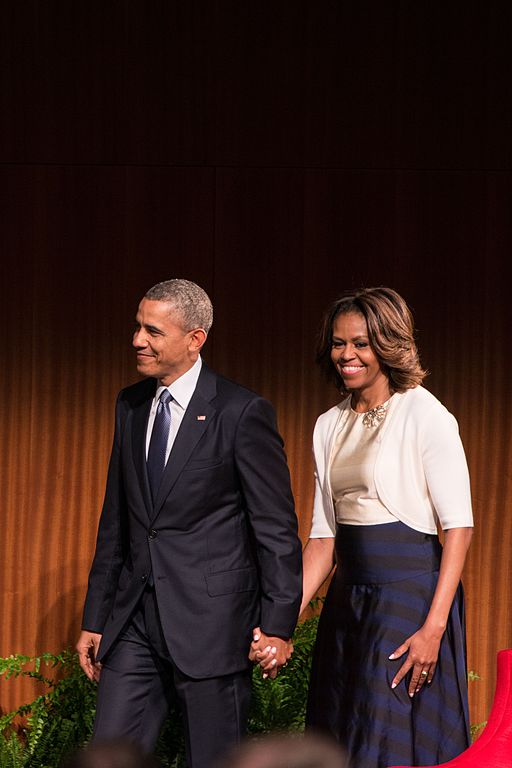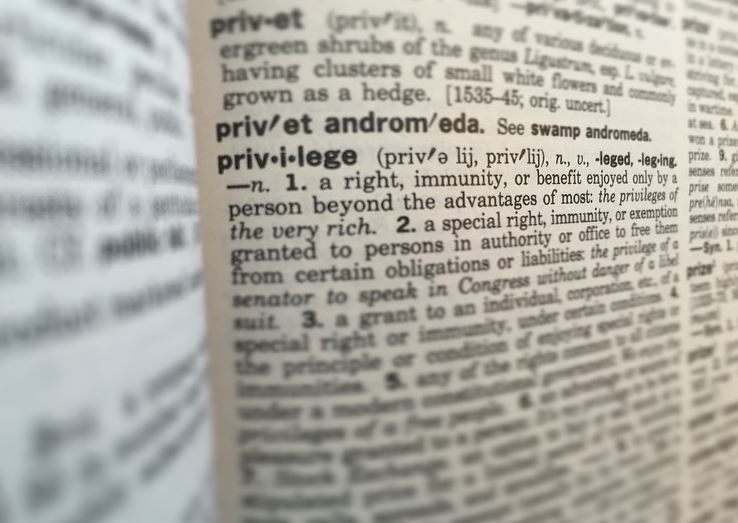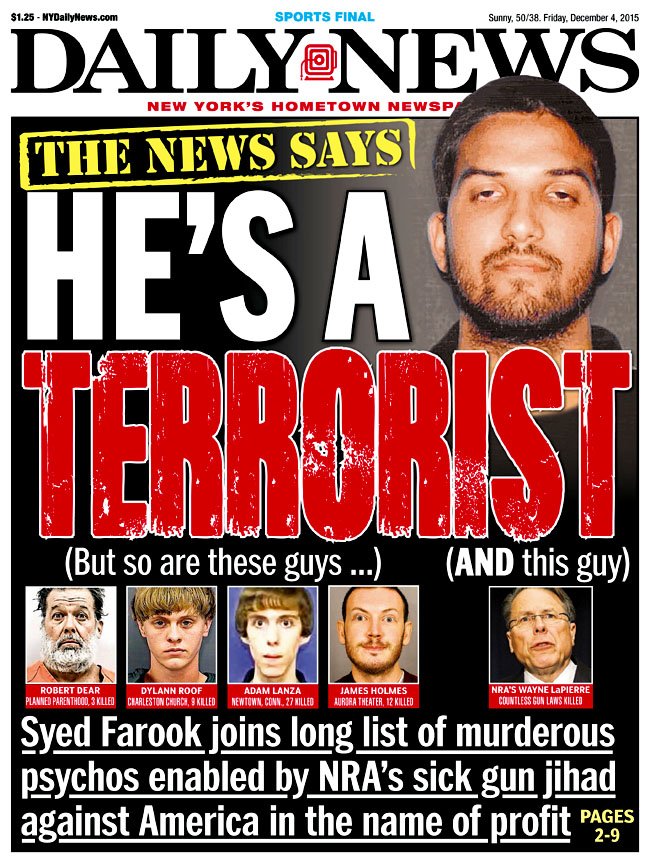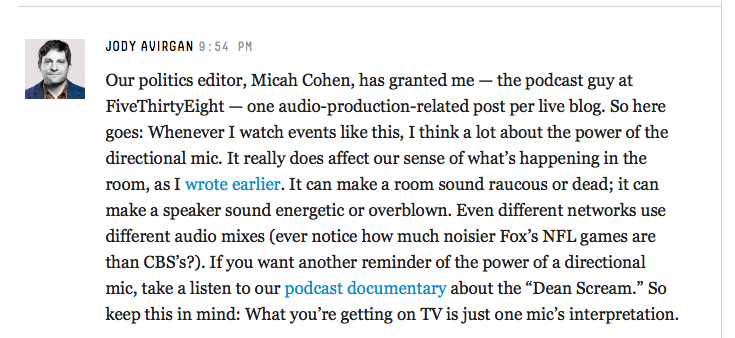 The recent selection of Miss World Japan has created a stir. The BBC headline “Miss Japan Won By Half-Indian Priyanka Yoshikawa” forefronted only the aspect of her heritage that some found problematic because they do not see Yoshikawa as “pure” Japanese. Last year’s crowning of Ariana Miyamoto as Miss Japan (in the Miss Universe franchise) faced similar responses, as Miyamoto’s parents are Japanese and African-American. While it is easy to see these controversies as signs of the insularity and even xenophobia of some Japanese (which ironically reinforces particular stereotypes of Japan as foreign), that designation is unfair in two ways. First, these two Japanese women and their supporters have challenged such attitudes in Japan, thus refuting the generalizability of the stereotype. Second, such preferences for ethnic purity among some in Japan are not as different from common attitudes in the United States. Continue reading “Miss Japan and the Structures We Inhabit”
The recent selection of Miss World Japan has created a stir. The BBC headline “Miss Japan Won By Half-Indian Priyanka Yoshikawa” forefronted only the aspect of her heritage that some found problematic because they do not see Yoshikawa as “pure” Japanese. Last year’s crowning of Ariana Miyamoto as Miss Japan (in the Miss Universe franchise) faced similar responses, as Miyamoto’s parents are Japanese and African-American. While it is easy to see these controversies as signs of the insularity and even xenophobia of some Japanese (which ironically reinforces particular stereotypes of Japan as foreign), that designation is unfair in two ways. First, these two Japanese women and their supporters have challenged such attitudes in Japan, thus refuting the generalizability of the stereotype. Second, such preferences for ethnic purity among some in Japan are not as different from common attitudes in the United States. Continue reading “Miss Japan and the Structures We Inhabit”
Of Victims and Agents

I’m hardly the first to point out how curious the current coverage is of white communities in decline, dealing with poverty, alienation, and, in some cases, severe drug addiction, as opposed to the coverage of black communities that have long lived with many of the same problems. Continue reading “Of Victims and Agents”
Directed Hearing
 Boos and chants of USA! interrupted both political conventions over the past couple of weeks, generating significant comment and analysis. The FiveThirtyEight live blog (one source that I perused) noted that the prevalence of the chants and interruptions varied between different parts of the convention halls and on different broadcasts. While this illustrates the problem of assuming such an event can be described as a singular experience, it also raises a much broader point about what we hear. One contributor on FiveThirtyEight explained the influence of directional microphones.
Boos and chants of USA! interrupted both political conventions over the past couple of weeks, generating significant comment and analysis. The FiveThirtyEight live blog (one source that I perused) noted that the prevalence of the chants and interruptions varied between different parts of the convention halls and on different broadcasts. While this illustrates the problem of assuming such an event can be described as a singular experience, it also raises a much broader point about what we hear. One contributor on FiveThirtyEight explained the influence of directional microphones.
The assertion that any broadcast filters what people hear, whatever the intention, is not something new, though it is worth being reminded. But, this point is analogous to much of the information we encounter. The FiveThirtyEight blog focuses on statistical analysis, particularly of election polls, discussing the trends and the limitations of the quantitative data. I have been critical previously of the analysis of polls and surveys and the ease with which a statistically significant difference becomes the basis for broad generalizations. My specific example has been the discourse about those who express no religious affiliation on surveys (commonly identified as the Nones) and how the survey analysis constructs a group and analyzes their traits based on generalized answers to one question. Like the directional microphones, the creators of polls and surveys determine what questions to ask and typically what type of answers are allowed (or how they code divergent answers). In regards to election polling, the FiveThirtyEight blog notes the differences, for example, between general election polls that allow respondents to select third party candidates and those that do not.
We need to push such nuances further. For example, dissecting polling results according to race or ethnicity typically forces everyone into a set number of categories. Those who identify as multi-racial either must choose one racial category or generally have their voice ignored in the absence of sufficient numbers marking multi-racial to be statistically significant. This mechanism serves to reinforce the dominance of a singular racial category when many, whether they identify as such or not, have a multi-racial heritage. Similarly, these racial/ethnic categories generalize about diverse collections of people, such as placing people who identify with Mexico, Puerto Rico, Cuba, and Haiti together into a single Hispanic group, despite significant differences between and within those national groupings.
This directional mic effect is not limited to polling and quantitative studies but influences qualitative, in-depth research, too. The researcher can operate like a directional mic, hearing particular assertions clearer than others. Researchers are attuned to the general issues informing the topic, so that they hear answers relevant to that topic, even answers that challenge their preliminary conclusions, more clearly than answers that may be less obviously central to it. This effect is in addition to other effects (also present in quantitative research) about whom they interview, what questions they ask, who is willing to be interviewed, and how the interviewee represents his/her own story
In this sense, whether our research and analysis focuses on quantitative data or qualitative interviews, those conducting the research and analyzing the data become a directional mic, intentionally or not controlling what they hear and, in turn, what they present to everyone else. The research can be vitally important, but we should not lose sight of the humility to recognize that any discussion of human activity, whether based on quantitative or qualitative sources, is filtered through a series of directional microphones that ultimately simplify what is highly complex.
No Words

If you have read Susan Sontag’s arresting book, Regarding the Pain of Others, you’ll know that Sontag believes there is something unique about the way that a photograph — particularly a photograph that reveals suffering — is received by its viewers. This uniqueness is partially tied to the content of the image itself, but is also a function of how we, the public, think about images.
On the one hand, she notes, we judge images as something uniquely truthful in a way that we do not with words. Photographs seem like they’re portraying ‘just the facts,’ while we can more easily acknowledge that words are crafted, edited, tweaked. For this reason, the public is often disillusioned by the actual work that is involved in photojournalism, she remarks; that is, we do not want to be aware of the processes of thought, selection, and framing that goes on because we want our images to be ‘the truth.’ In this sense, “Everyone is a literalist when it comes to photographs” (47). And yet, she notes, we are terribly contradictory in this conviction, for we deny the power of photographs every day when they do not suit our particular purposes. Continue reading “No Words”
On Privileges that are Not Universally Shared
 Anyone who knows me knows that I walk my dog early each morning — lately I’m regularly going to a nearby park where, well, Izzy goes regularly as well. But every now and then I change it up a little — variety is the spice of life and all that — and so I park here and we walk there or park over there and then we walk here. Sometimes I park in one of the lots but other times I pull over off the small loop of a road and park on the grassy shoulder. Continue reading “On Privileges that are Not Universally Shared”
Anyone who knows me knows that I walk my dog early each morning — lately I’m regularly going to a nearby park where, well, Izzy goes regularly as well. But every now and then I change it up a little — variety is the spice of life and all that — and so I park here and we walk there or park over there and then we walk here. Sometimes I park in one of the lots but other times I pull over off the small loop of a road and park on the grassy shoulder. Continue reading “On Privileges that are Not Universally Shared”
Names and Things
There’s a new theory as to where the term “eskimo” originated.
Click the above image to read the brief article, but here’s a snippet: Continue reading “Names and Things”
“Sorry Harry, We Thought You Know”
 So, have you seen “Dumb and Dumber To” — the sequel to the 1994 hit starring Jim Carrey and Jeff Daniels? No? Well, you ought’a — it ain’t “Dr Zhivago,” sure, but there’s some little gems in there worth thinking about. Continue reading ““Sorry Harry, We Thought You Know””
So, have you seen “Dumb and Dumber To” — the sequel to the 1994 hit starring Jim Carrey and Jeff Daniels? No? Well, you ought’a — it ain’t “Dr Zhivago,” sure, but there’s some little gems in there worth thinking about. Continue reading ““Sorry Harry, We Thought You Know””
Cultural Entrepreneurs
 Accusations of cultural appropriation have been especially prevalent recently. The depiction of Jeff Bezos as Vishnu on the cover of Fortune magazine elicited complaints from some people who identify with Hinduism, as did the Krewe of Galatea parading their court as Hindu deities during Mardi Gras festivities. The recent Coldplay/Beyoncé music video release “Hymn for the Weekend” also has generated complaints about its depiction of India and the ways some artists profit off of these images.
Accusations of cultural appropriation have been especially prevalent recently. The depiction of Jeff Bezos as Vishnu on the cover of Fortune magazine elicited complaints from some people who identify with Hinduism, as did the Krewe of Galatea parading their court as Hindu deities during Mardi Gras festivities. The recent Coldplay/Beyoncé music video release “Hymn for the Weekend” also has generated complaints about its depiction of India and the ways some artists profit off of these images.
Images of India have been used for decades, from the 007 film Octopussy to Indiana Jones and the Temple of Doom, and the complaints that they have spawned have basis in the colonialism and neocolonialism of India and the global inequality that such images — in their construction of India as some place totally different — reinforce. One critique of the Coldplay/Beyoncé music video expressed concern for artists profiting from images of Indians always throwing colors, as if everyday was Holi. However, the author’s own discussion actually suggests one limitation of claims of cultural appropriation. Continue reading “Cultural Entrepreneurs”
On the Market, Playing the Game: On Status and Elitism in Academia
 While sitting in the lobby of one of the conference hotels during our discipline’s major conference in November, I was joined by a group of post-docs and very early career scholars who were (loudly) discussing their career plans in this tight market. What I caught of their conversation can be summed up as such: We all currently have (or hope to have) tenure track jobs at “teaching schools,” but as soon as we can, we’ll get out of there and move on to the “real” jobs at elite institutions where our research will be valued.
While sitting in the lobby of one of the conference hotels during our discipline’s major conference in November, I was joined by a group of post-docs and very early career scholars who were (loudly) discussing their career plans in this tight market. What I caught of their conversation can be summed up as such: We all currently have (or hope to have) tenure track jobs at “teaching schools,” but as soon as we can, we’ll get out of there and move on to the “real” jobs at elite institutions where our research will be valued.
This is a popular sentiment, albeit fantasy for most (in light of the current market). Yet I think it deserves attention, for I believe it to be responsible for some very subtle sorts of power plays that many of us may not recognize as such. For those of you not familiar with the lingo, a “teaching school” is a college or university where greater emphasis is placed on one’s teaching competencies and comparatively less on one’s research, which means that faculty at such schools tend to have larger teaching loads and, typically, less paid time to produce scholarship. The opposite is the case at more elite institutions, where (on the whole) faculty have opportunities to teach less, specifically to give them time to produce the aforementioned research. Continue reading “On the Market, Playing the Game: On Status and Elitism in Academia”
Expanding the Terrorist Label
 Robert Dear’s attack on the Planned Parenthood clinic in Colorado Springs just over a week ago and the shooting in San Bernardino last week have brought the question of who is identified as a terrorist back into the limelight. Lots of people have highlighted how the ethnicity or religious identification of the attacker has often influenced whether the attacker is identified as a terrorist or a mentally disturbed individual in a lone wolf attack. The Daily News cover following the San Bernardino shootings (4 December 2015, pictured above) illustrated this critique by identifying Ronald Dear, Dylan Roof, Adam Lanza, and James Holmes as terrorists, as well as the NRA’s Wayne LaPierre. In this cover and statements from figures like Mike Huckabee (calling Dear’s actions “domestic terrorism”), the critiques of the reluctance to apply the terrorist label to white Christian attackers have won a victory, of sorts. Continue reading “Expanding the Terrorist Label”
Robert Dear’s attack on the Planned Parenthood clinic in Colorado Springs just over a week ago and the shooting in San Bernardino last week have brought the question of who is identified as a terrorist back into the limelight. Lots of people have highlighted how the ethnicity or religious identification of the attacker has often influenced whether the attacker is identified as a terrorist or a mentally disturbed individual in a lone wolf attack. The Daily News cover following the San Bernardino shootings (4 December 2015, pictured above) illustrated this critique by identifying Ronald Dear, Dylan Roof, Adam Lanza, and James Holmes as terrorists, as well as the NRA’s Wayne LaPierre. In this cover and statements from figures like Mike Huckabee (calling Dear’s actions “domestic terrorism”), the critiques of the reluctance to apply the terrorist label to white Christian attackers have won a victory, of sorts. Continue reading “Expanding the Terrorist Label”


